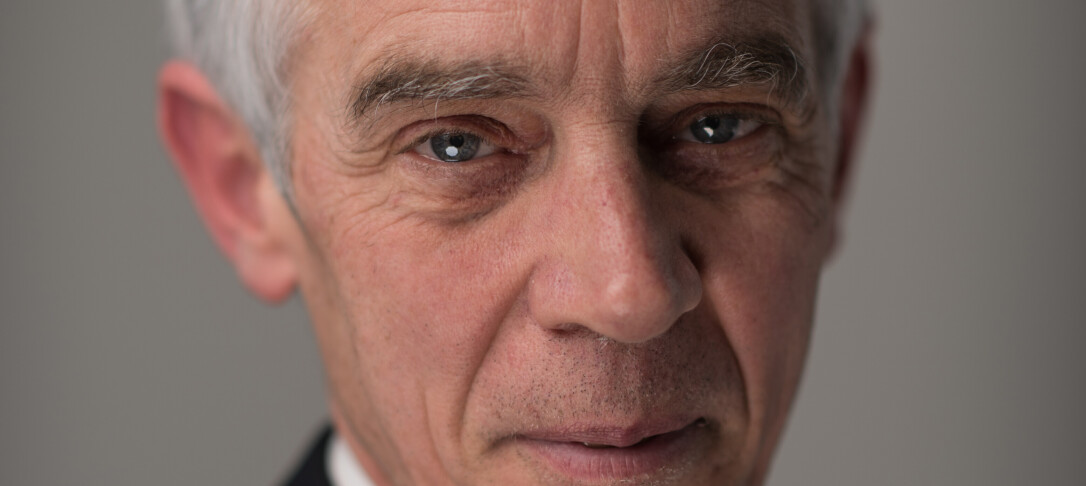
Abstract:.
Unlike standard trichromacy as used today, Lippmann photography relies on an interferential process that records the entire colour spectrum. Producing Lippmann plates is complex and viewing it is challenging, therefore Lippmann photography remains a rare curiosity today.
Since Lausanne has a large collection of historical plates from Lippmann’s estate, we had access to unique specimens and we worked with a contemporary photographer to create new Lippmann plates for testing and analysis.
We first considered producing faithful digital copies of Lippmann photographs, requiring high-dimensional multispectral acquisition.
We needed to understand the Lippmann process in depth, from acquisition to rendering. This led to a precise mathematical modelling of the two key aspects in Lippmann photography: the way in which standing waves are recorded in the light-sensitive medium, and the way in which these waves are reproduced when white light excites the recorded interference patterns.
A physical model combined with mathematical analysis provided us with a new and much more complete understanding of the Lippmann process,which was verified by experimental acquisitions and by analysing the resulting plates via X-ray imaging and tomography.
Some phenomena, absent from previous analyses, can be explained and verified with this new model.
In particular, the folk theorem of perfect colour reproduction by Lippmann photography was shown to be just that, a folk theorem.
We also designed a “digital” Lippmann camera that mimics the acquisition process carried out by the original analogue Lippmann method.
This is an alternative multispectral camera based on interferometry, and illustrates interesting trade-offs between number of channels, number of pixels, and exposure time.
We then considered the idea of reproducing the Lippmann recording process using femto-second lasers on an appropriate substrate.
Printing in three-dimensions and with a full spectrum could lead to new high density permanent storage methods, a technology of great interest given the explosion of digital data.
Lastly, our work with the museum holding the collection of Lippmann plates lead a project to show the historical plates, to popularize the technique and to communicate to a broad public.
This resulted in an exhibit combining science communication and a Lippmann retrospective in 2023.
Perhaps the most interesting lesson of this research is how a chance encounter with a rather esoteric photographic technique led to an exploration that brought together people and skills from fields as diverse as physics, chemistry, applied mathematics, computer vision and computer graphics.This multidisciplinary cooperation allowed us to gain a fundamental understanding of the Lippmann process, more than a 100 years after its discovery.
Joint work with Gilles Baechler, Arnaud Latty, Michalina Pacholska, Paolo Prandoni and Adam Scholefield
Biography:
Martin Vetterli received the EE degree from ETHZ in 1981, the MS from Stanford University in 1982, and the Doctorate from EPFL in 1986.
He was an Assistant/Associate Professor in EE at Columbia University, and then an Associate/Full Professor in EECS at the UC Berkeley.
In 1995, he joined the EPFL as a Full Professor. He held several positions at EPFL, including Chair of Communication Systems and
founding director of NCCR-MICS. From 2004 to 2011 he was VP of EPFL for international affairs and from 2011 to 2012 he was the Dean of IC. From 2013 to 2016 he was President of the Research Council of the Swiss National Science Foundation and since January 2017 he is
President of EPFL.
He works in the areas of electrical engineering, computer sciences and applied mathematics and this led to about 200 journals papers, as well as about 40 patents leading to technology transfer to high-tech companies and the creation of several start-ups.
He is the co-author of three textbooks, «Wavelets and Subband Coding” (with J. Kovacevic, 1995), “Signal Processing for Communications” (with P. Prandoni, 2008) and “Foundations of Signal Processing” (with J. Kovacevic and V. Goyal, 2014). The books are available in open
access and his research group follows the reproducible research philosophy.
His prizes include best paper awards from EURASIP in 1984 and of the IEEE Signal Processing Society in 1991, 1996 and 2006, the Swiss National Latsis Prize in 1996, the SPIE Presidential award in 1999, the IEEE SP Technical Achievement Award in 2001, the IEEE SP Society
Award in 2010 and the IEEE Jack S. Kilby Signal Processing Medal in 2017. He is a Fellow of IEEE, of ACM, an ISI highly cited researcher in engineering (2007 and 2014) and a foreign member of the US National Academy of Engineering.